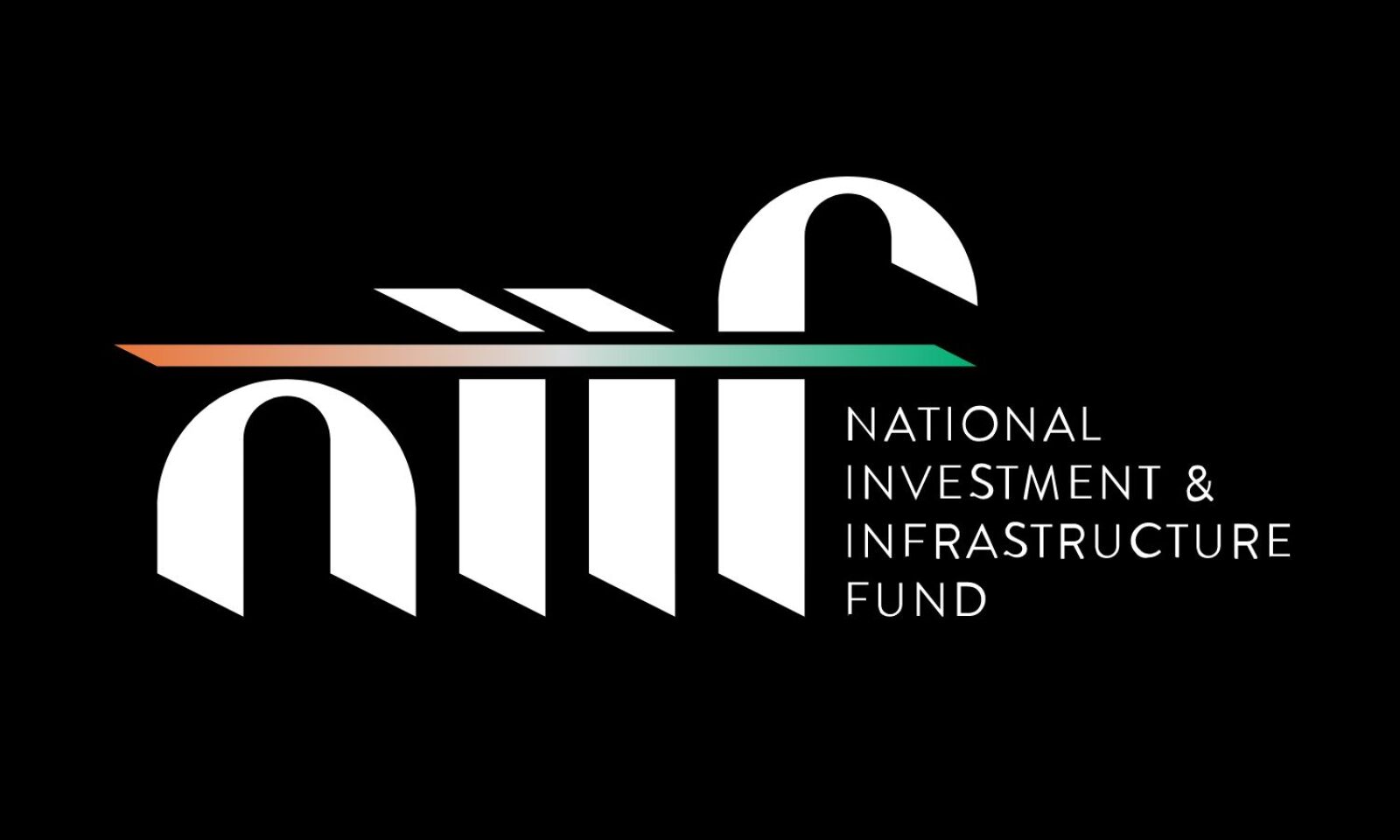
Budget 2023 : NIIF presents an attractive investment destination for infrastructure investors
NEW DELHI : National Investment and Infrastructure Fund’s roads, renewables and rail-based container logistics platforms will each surpass earnings before interest, taxes, depreciation, and amortization (EBITDA) of ₹1,000 crore ($120 million approximately) within four years of startup.
The SmartMeters and data center platforms are ramping up well. NIIF‘s two infrastructure debt businesses are growing their loan books at over 30% p.a. and have crossed ₹26,000 crore ($3.2 billion approximately) without experiencing a single non-performance yet. NIIF’s infrastructure businesses have a blend of 50:50 between greenfield and operating assets, thereby demonstrating that a mix of development and acquisition can be used to build a portfolio.
This is a good example of what other investors and funds have experienced over the last few years thanks to good policy-evolution, strong Budgets, controlled inflation, and investment opportunities.
The FY24 budget must continue to build on the wins of the past few years to ensure that India remains at the top of mind of global investors.
It is expected that the budget will focus on investment and friendly policies, instruments, opportunities to attract commercial capital to build infrastructure.
To achieve the nation’s dream of adding a manufacturing engine to the highly successful services sector, cost of logistics and energy need to decrease.
The National Infrastructure Pipeline (NIP) has identified almost 9,000 projects in 34 sub-sectors for a total project cost of $1.8 trillion.
PM Gati Shakti will lead to improved logistics through a focus on network planning and debottlenecking.
Shifting from fossil fuels to a green energy generation economy will generate growth in the medium-term and lower inflation in the longer-term. The budget should continue to support green development within the NIP, and in parallel continue incentivising domestic supply chains.
Domestic demand in solar, hydrogen, batteries, electric mobility will provide scale to local manufacturing operations, a precursor to a base for exports. In fact, it may be time for India to design a “Green Budget”.
The NIP is proposed to be financed through banks and financial institutions (domestic, multilateral, bilateral), capital markets (instruments such as InvITs and infrastructure bonds), PPPs (there is substantial scope in energy, logistics, data infrastructure), and asset monetization (FDI will play a key role).
The infrastructure investment community desires more monetisation of public assets, not just in the form of PSU InvITs, which is mostly a financing tool for public agencies, but also in the form of TOTs and long-term concessions with operational control.
While governments in general would prefer private capital to take the lead in greenfield development of complex infrastructure development such as expressways and railways lines, the risk/return profiles of such projects are mostly not in line with commercial expectations.
A more cost-effective and viable approach would be for the government to take development risk in such cases, with plans to monetise once commercial operations commence.
While NIIF has been selected as the bidder for TOT9, it was the only NHAI TOT in FY23. There is investor appetite for more.
Hopefully, the budget will take cognizance of the demand for more asset monetisation and transfer of operations to private investors.
Good news is that state governments are responding to central incentives which provide additional funding to states for asset monetization.
The “Scheme for Special Assistance to States for Capital investment 2022-23” incentivises states with 50-year interest free loans from the Centre to the extent of 50% of the realised value of monetized assets. NIIF’s Strategic Initiatives and Policy Advisory group is working on new projects/ideas with several state governments in this area. We hope the budget will extend this scheme till 2025, co-terminus with the NMP.
